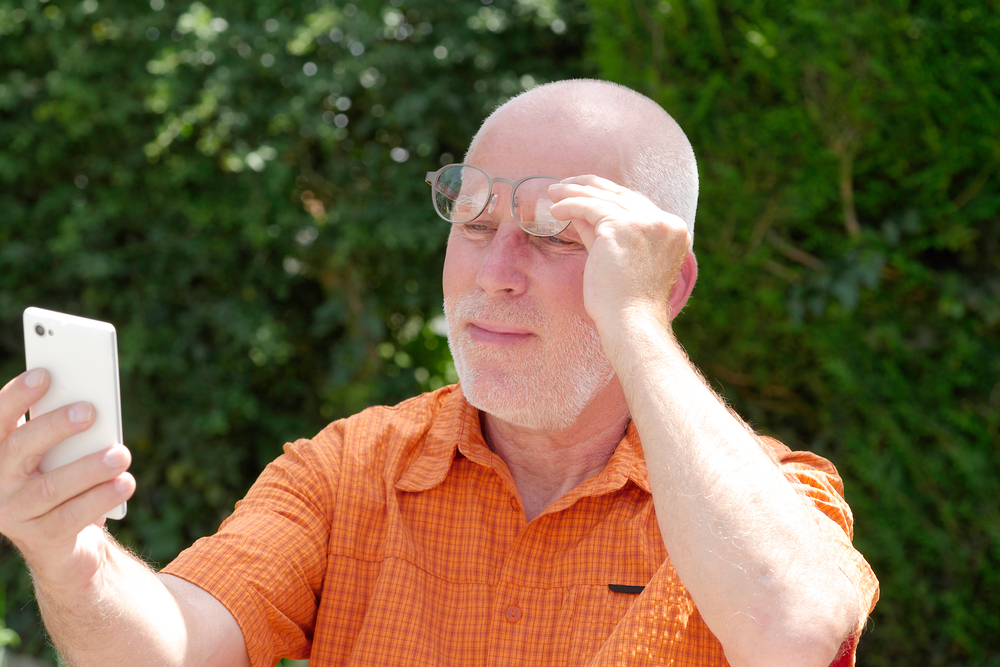
Digital eye strain (DES), or computer vision syndrome, describes visual discomfort from digital device use. It causes eye strain, dry eye, vision issues, and other symptoms. Most people who use digital devices for three or more hours a day experience a degree of DES.
The eyes exert increased effort focusing on digital devices. Just like other muscles, the eyes grow tired from repetitive use. Here is how to prevent digital eye strain.
Understanding Digital Eye Strain
Extended use of digital devices is a common cause of eye strain. Using the devices strains the eyes more than looking at print material. People tend to blink less when using computers.
Blinking is essential for keeping the eyes moist. Some of the devices produce glare or reflection that can cause eye strain. Using devices with poor text and background contrast also strains the eyes.
Most people view digital screens at poor angles or distances, causing discomfort. Underlying eye issues, such as uncorrected vision or eye muscle imbalance, can worsen DES.
Symptoms of Digital Eye Strain
Several symptoms can indicate you may have digital eye strain. They include:
Dry eyes.
Sore or itchy eyes.
Difficulty focusing.
Blurry or double vision.
Heavy eyelids.
Light sensitivity.
Headaches.
Sore neck, shoulders, and back.
People with DES may experience some or all of the symptoms.
Risk Factors for Digital Eye Strain
Various factors can increase the risk of developing DES. Using your device for three or more hours a day and placing it closer than arm’s length are risk factors. Using your computer or device in dim or excessively bright lighting can increase the risk of eye strain.
Sunlight through the window can cause glare, increasing discomfort when using digital devices. An eye exam can determine if you have underlying issues that can increase the risk of experiencing eye strain.
Digital Eye Strain and Dry Eye
Studies show a link between digital eye strain and dry eye condition. Dry eye is a common symptom of DES. Using the devices reduces blinking, which leaves the eyes feeling dry.
Blinking moves the tear film across the eye surface. Tears keep the eyes clean, healthy, and moist. When using digital devices, people blink less often, increasing the chance of quick tear evaporation. Quick tear evaporation is a common cause of eye irritation and dry eye syndrome.
How to Prevent Digital Eye Strain
DES does not have long-term vision complications, but it can be uncomfortable. There are simple things you can do to prevent DES. They include:
Position your monitor correctly to improve comfort and reduce glare.
Adjust your computer screen settings and brightness.
Take regular breaks when using your screen.
Wear protective lenses. Blue-light filtering and anti-glare lenses can help.
Stay well hydrated. Drink plenty of water to increase tear production.
If you have an underlying eye condition, an eye doctor can help to provide treatment.
If you experience dry eye, an eye doctor can recommend effective treatment. Treatment options include artificial tears and prescription eye drops. Improve the air quality in your workspace by increasing humidity, improving lighting, and reducing glare.
For more information on understanding digital eye strain and how to prevent it, visit Performance Vision Center. Our office is in Winter Park, Florida. Call (407) 890-0201 to book an appointment today.







